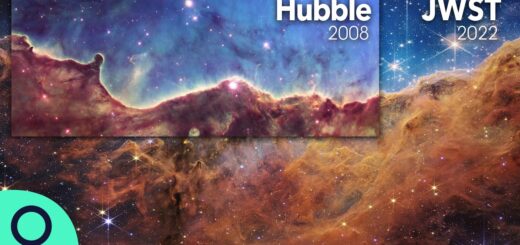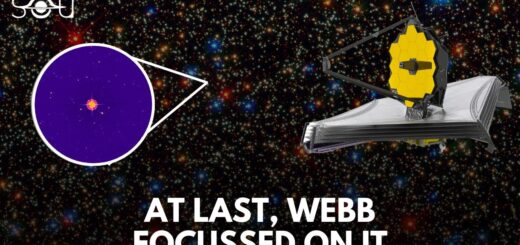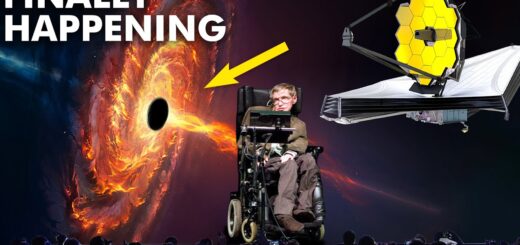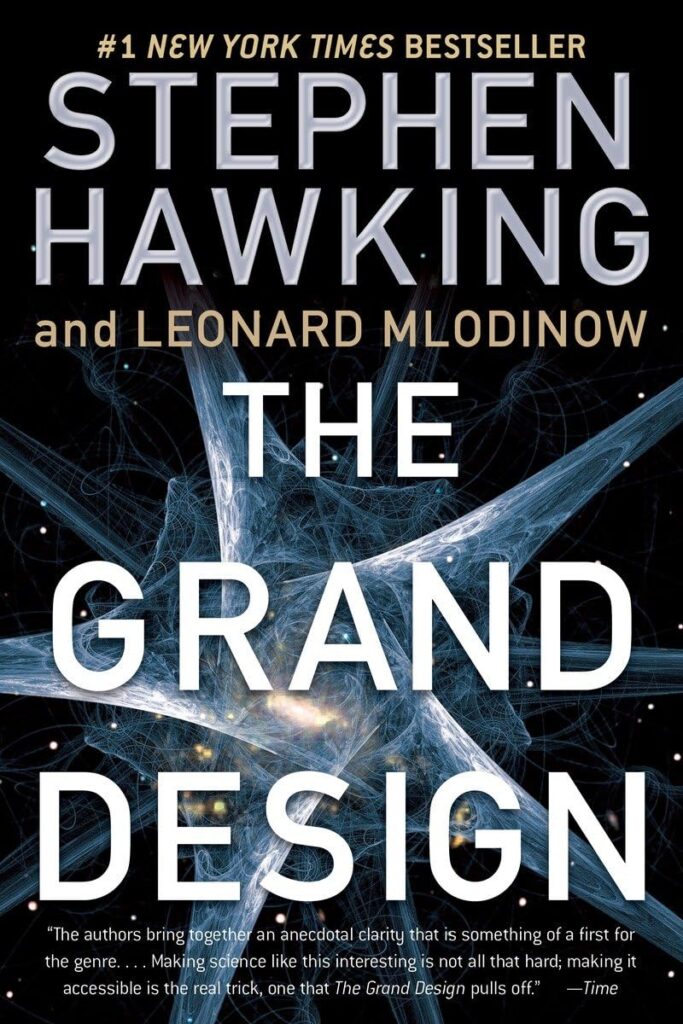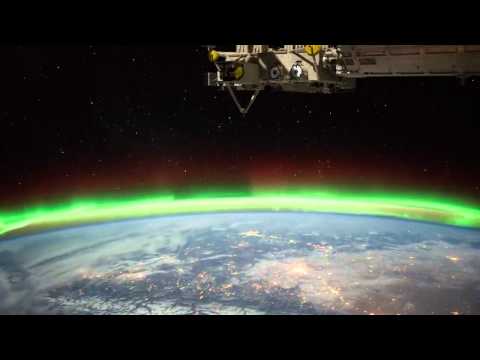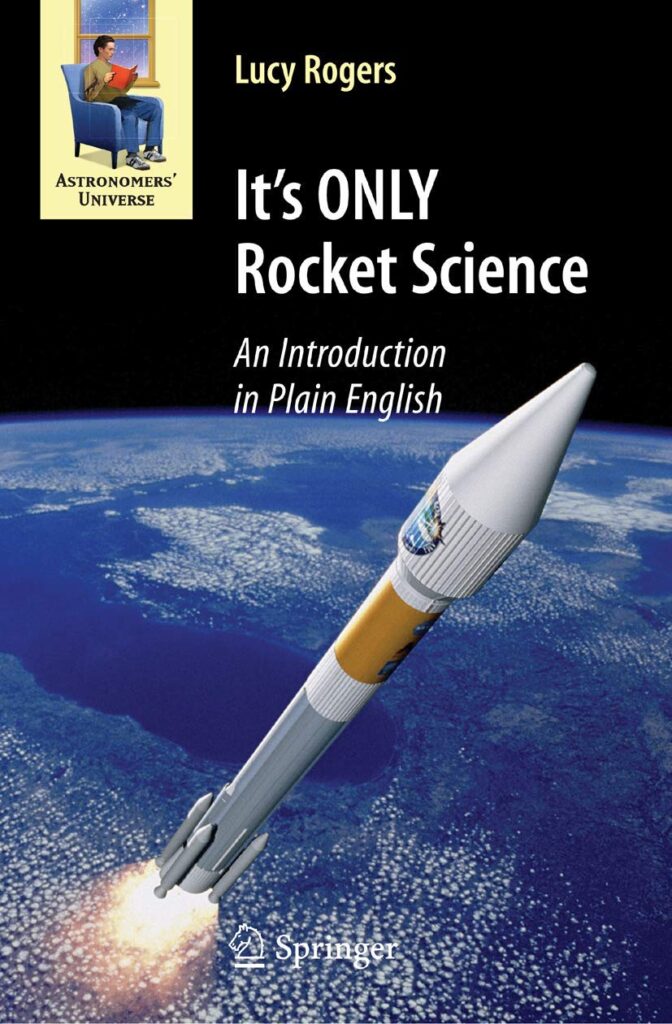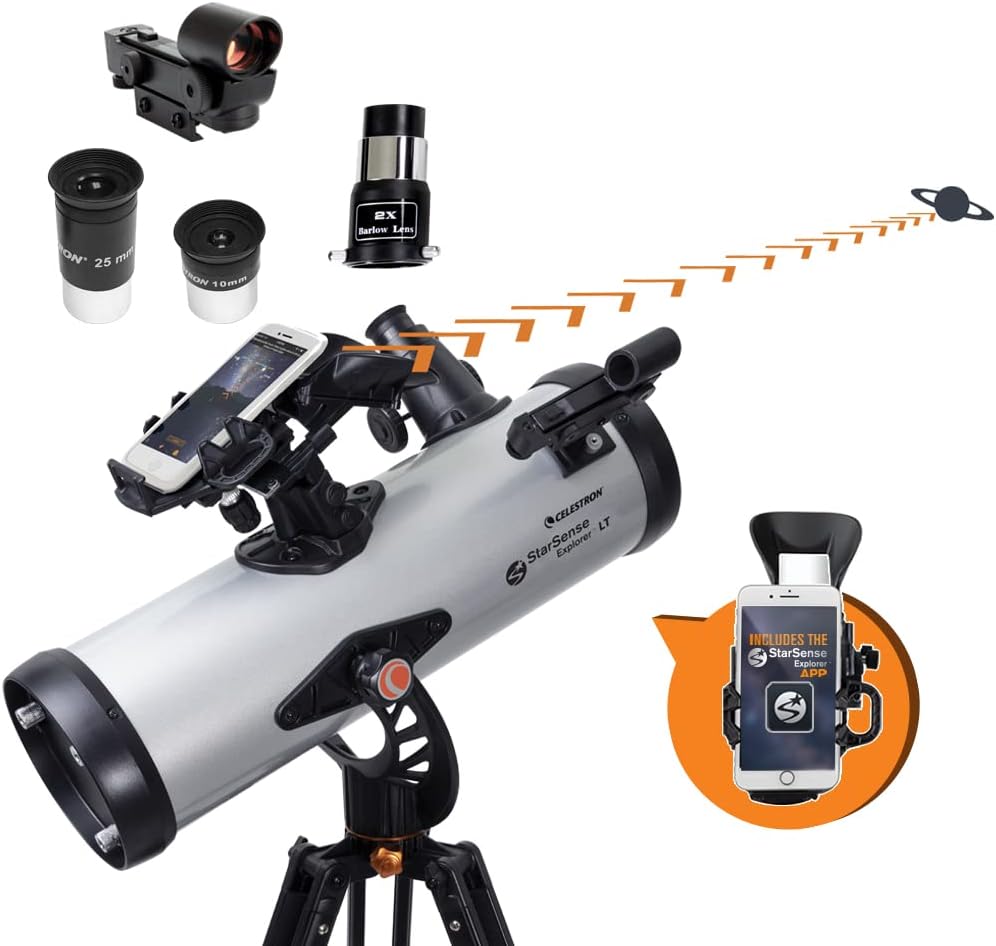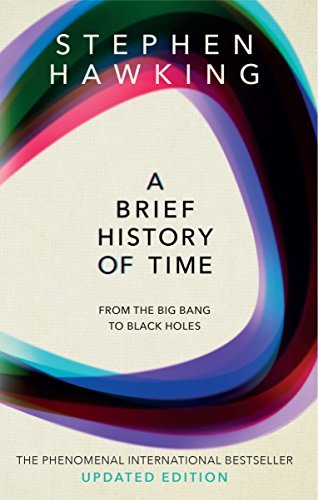Did Webb Just Prove Big Bang Theory Wrong?
The Big Bang is currently the most popular model we have for the universe’s birth but the theory can be misunderstood very easily. First of all, it’s not like the universe exploded from a single point and it’s not like the universe has a center. The Big Bang happened in time and not at a point in time, and it happened everywhere at once. How do we know this? Well, at large scales, we see galaxies running away from one another which means the universe is expanding, and then we have detected the leftover heat from the big bang that permeates the whole universe, using satellites such as the Cosmic Background Explorer, the Wilkinson Microwave Anisotropy probe, and Planck. But recently, rumors have spread on the internet that the deepest infrared image of the universe released by Webb disproves the big bang theory. But that’s just not true. Here’s the problem. The current theory suggests that the earliest galaxies should be very small and have irregular shapes. But some have claimed there are galaxies in this image that are far older than the Big Bang theory would allow since they seem to resemble fully formed galaxies. This is what caused all the fuss. So the wavelength of light can tell us how old a galaxy is. The farther away a galaxy is the redder its light will appear. This is known as redshift which is an increase in the wavelength indicating a decrease in the frequency and photon energy. So is there a galaxy that old that could disprove the big bang theory? Not necessarily. It’s just too early to make assumptions. One explanation is that it’s possible that there is dust between the distant galaxy and the Webb telescope. Dust is known to scatter away blue light and let red pass through. This means the reports of distant galaxies could be due to their light having shifted toward the red and infrared because of intervening dust. Another explanation could be that because the telescope has been operating for a very short time, its online optics and electronics have not yet been properly calibrated. But it could also be that the reports are true and the galaxies are indeed that old and fully shaped. But this doesn’t debunk the big bang at all. It could simply mean that galaxies form more quickly than we previously thought. And if that’s true, scientists would need to do some tweaking. Unlike what some think, the Webb telescope wasn’t designed to see the very instant moment of the big bang. No telescope can do that. Instead, Webb was designed to see the first objects that formed as the universe cooled down after the Big Bang. That’s a period of time we have never seen before, and that’s why what Webb finds there will almost certainly reshape our understanding of the universe. However, it’s premature to claim the early Webb data have debunked the Big Bang theory. It’s just too early. The telescope has just started operating and it will patiently observe the universe for the next two decades.

